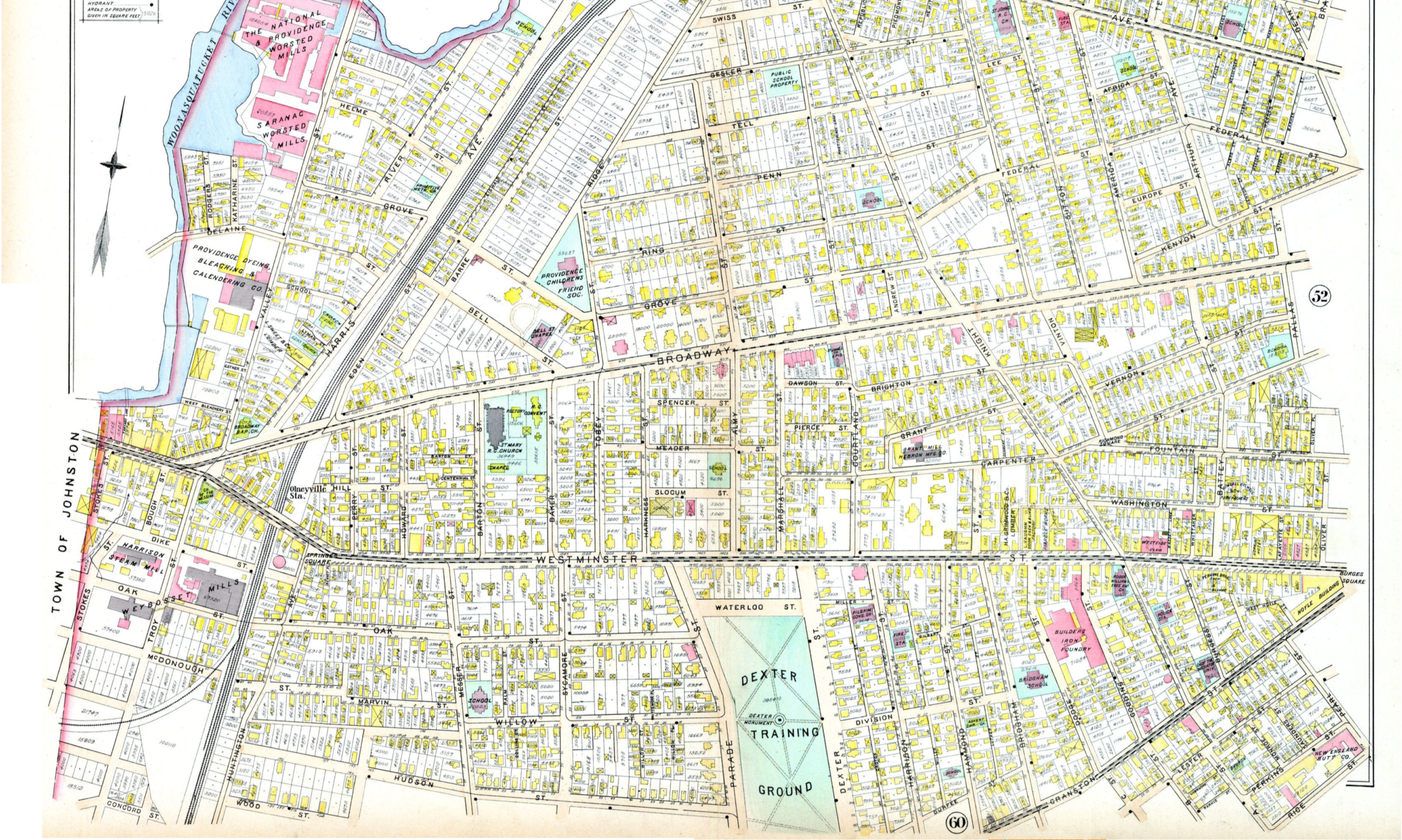How we define regions is fascinating. There are all sorts of cultural gradations that make one place more or less like another, and yet we articulate those difference with names that frame the differences as black and white.
In the past two years, I have enjoyed two blog posts looking at how different people define the American Midwest. The first, by Walt Hickey of FiveThirtyEight, surveyed 1,357 people on SurveyMonkey about which states count as “The Midwest”.

Indiana, Iowa and Illinois appear to be the core of the Midwest, each pulling more than 70 percent of the vote (that may partly be because of their substantial populations). Michigan, Wisconsin and Minnesota each pulled at least 60 percent of the vote, so we can probably put them in the Midwest without too much fuss. Ohio, Missouri and Kansas each got more than half.
The second article, by Aaron Renn of Urbanophile, gives a sampling of different attempts to map the Midwest, including Hickey’s.
What is the Midwest? There’s been a lot of debate about this question among folks passionate about such thing. But it defies easy definition. Here are eleven ways various people have taken a crack at drawing the map.
So here’s what I did
Following FiveThirtyEight’s suggestion that averaging different data points tends to get you a more accurate guess than looking at individual data points, I plunged into ArcGIS to combine all the maps cited by Renn into one map. I coded the different regions 1 or 0 if it was a clear “Midwest/Not Midwest” map, or intermediary values like 0.5 0.33, or 0.66 if it was a little fuzzy (e.g. it’s silly to say that the Great Lakes states aren’t part of the Midwest). I averaged all those together (let’s call this “AVERAGE 1”), and then I added some more!
- A map of dollar bill circulation boundaries, suggesting natural social cohorts
- A map of football fandoms based on which has the most Facebook likes per county.
- A map of where people call, similar implications to the dollar bill circulation
- A map of American dialects (apologies for the harm to your eyes that map may do; surprisingly it’s not the worst map of its kind). When a lot of people think of the Midwest, they think of the accent (a la Fargo). However, I anecdotily noticed that these dialect categorizations didn’t map well onto other delineations of region.
For these four maps, I didn’t code them manually as before, but took the average “AVERAGE 1” value for each region. In essence, this reverted the counties’ values to a mean based on their regions from these last four maps, weighting those delineations but not judging how Midwest-y they are.
Then I took “AVERAGE 1” and averaged it together with these four new values, producing “AVERAGE 2”, which is here mapped:

Some observations:
- Yes I like averages.
- Of course this process was not as statistically sound as it could’ve been, but this was just about getting a sense of social understanding, not seeking hard fact.
- There’s no way that Western New York is more Midwest-y than northwestern Pennsylvania, is there?
- While there’s less agreement on the southern counties of Indiana & Ohio, there’s a lot of agreement that Kentucky is not part of the Midwest. See how short the distance is between the 50% area to the <33% area there.
- Are there gradations of Midwestern-ness in Central Kansas? Am I just an ignorant New Englander to not have any sense of that variation?
So yeah! Hope you like it!














